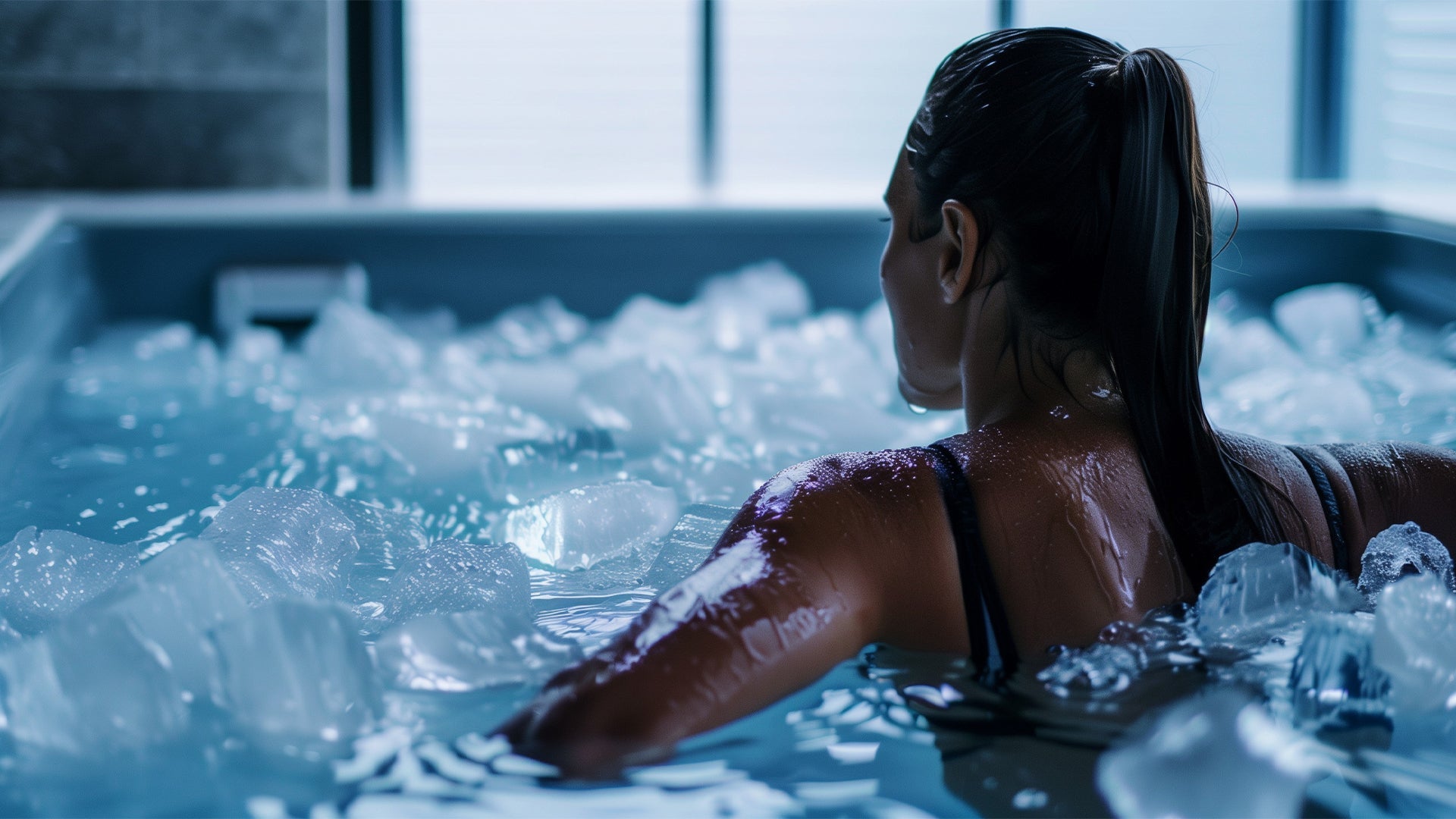Whether it’s Formula 1 drivers plunging into ice baths post-race or elite endurance athletes making it part of their daily routine, cold plunges have earned a reputation as one of the most effective recovery tools in modern sports science. But what’s behind the hype? Let’s dive (literally) into the 10 science-backed benefits of cold plunges, with real-world examples from top-tier athletes.
1. Accelerates Muscle Recovery
After intense physical activity, microtears in muscle fibers can cause inflammation and soreness. Cold plunges help reduce delayed onset muscle soreness (DOMS) by constricting blood vessels and flushing out metabolic waste like lactic acid.
Example:
Lewis Hamilton, 7-time F1 World Champion, is known for incorporating ice baths into his post-race recovery to handle the immense G-force stress and muscle fatigue endured during races.

📸: @LewisHamilton Instagram page
2. Reduces Inflammation
Cold exposure slows down the cellular processes that lead to inflammation. Studies show cold water immersion significantly reduces markers of inflammation such as C-reactive protein.
Example:
Novak Djokovic includes cold therapy in his recovery regime, especially during Grand Slam tournaments when he's playing back-to-back matches. It’s crucial for reducing systemic inflammation between games.
3. Enhances Circulation
The cold causes blood vessels to constrict, and once you leave the plunge, they dilate. This vasodilation leads to increased blood flow, promoting oxygen and nutrient delivery throughout the body.
Example:
NFL players like J.J. Watt use cold plunges regularly to improve circulation and speed up recovery during the grueling football season.

📸: @bleacherreport Instagram page
4. Boosts Mental Resilience
Cold exposure is a form of acute stress that trains your brain to handle discomfort. Regular cold plunging is associated with improved stress response and emotional resilience.
Example:
Wim Hof, the “Iceman,” trains top-tier athletes including UFC fighters in his cold immersion techniques to improve mental toughness and focus during competition.
5. Improves Sleep Quality
Cold plunges can trigger a parasympathetic nervous system response, promoting relaxation and deeper sleep. This is vital for recovery, performance, and hormonal balance.
Example:
NBA players, such as LeBron James, have reported using cold therapy as part of their wind-down routine to improve recovery and sleep between games.
6. Reduces Stress and Anxiety
Cold water immersion has been shown to decrease cortisol levels and increase the release of norepinephrine—a hormone that helps regulate mood, focus, and attention.
Example:
Triathletes and endurance runners often use cold plunges to help calm the nervous system after long training sessions, aiding both physical and mental recovery.
7. Strengthens Immune Function
Research suggests regular cold exposure can stimulate immune cells, increase white blood cell count, and boost overall immunity.
Example:
Endurance athletes like Rich Roll, an ultra-endurance triathlete, include cold plunges in their weekly routines to bolster immune health during intense training periods.
8. Increases Metabolism and Brown Fat Activation
Cold plunges activate brown adipose tissue (brown fat), which burns energy to produce heat. This thermogenic process increases calorie burn and improves insulin sensitivity.
Example:
Formula 1 teams often monitor body composition closely; drivers like Lando Norris and Carlos Sainz Jr. use cold therapy to aid body composition and metabolic balance.
9. Enhances Mood and Focus
Cold plunges can trigger a dopamine surge up to 250%, comparable to the effect of physical exercise or even some antidepressants, according to neuroscience research.
Example:
Elite CrossFit athletes swear by cold plunges not just for physical recovery but also for improved clarity and reduced brain fog after intense WODs (workouts of the day).
10. Supports Longevity and Cellular Health
Cold exposure triggers a biological process called hormesis—a little stress that results in stronger, healthier cells. This may enhance longevity and reduce risk of age-related diseases.
Example:
Biohackers and longevity enthusiasts, including athletes like Tom Brady, incorporate regular cold exposure for its long-term health benefits, often combined with other recovery protocols.
Final Thoughts
Cold plunges are no longer just for the hardcore or the eccentric. From F1 drivers to tennis champions, cold immersion is being embraced as a powerful recovery and performance tool. The science is clear: regular cold plunging can benefit both the body and mind.
If you’re considering adding cold plunges to your routine, start slow—try 2-3 minutes at 10–15°C (50–59°F)—and work your way down. Consistency, not extremity, is what leads to lasting benefits.
❄️ Cold Therapy – Real Results.
Your performance deserves the best. Start cold, finish strong.
💬 Ready to get started?
Check out the collection at IceBathUSA.com and find the right ice bath for your goals.



